About the Blog: Spiti Valley needs no introduction in the Indian traveling circuit. With its mountains, monasteries and eccentric landscape, Spiti Valley is simply stunning. And it is a perfect place for adventurous souls. With this Spiti Valley travel guide and blog, we have tried to give you as much information about the place we could. Read it to know about the places to visit in Spiti valley and other important information that will help you plan your Spiti valley Road Trip.
A Spiti Valley road trip or bike trip is actually a dream. The landscape changes as you travel from one region to the other, the monasteries loom in the horizon, there are rivers to cross and the stark barrenness of the land will leave you with nothing but wonder.
We had been planning our Spiti Valley road trip for a long time. The first time we visited Ladakh, I knew that I had to visit Spiti. Well, the trip happened only a few days back, but it was worth the wait.
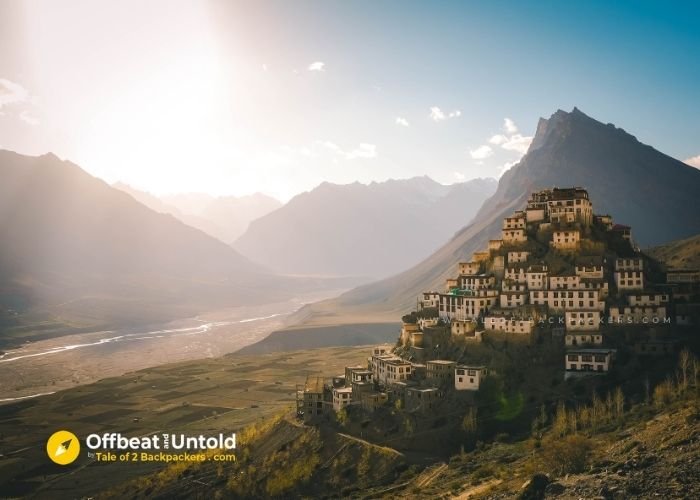
So, if you are planning for a Spiti Valley road trip and are a bit clueless about what to do, you are in the right place. This travel guide will try to answer your most common queries about Spiti Valley and some more. Hope this helps you plan a perfect trip to Spiti Valley.
Spiti Valley You Tube Video
Oh! We have an entire series on Spiti Valley on our YouTube channel. Please have a look at that!
Spiti Valley – The Middle Land
Spiti Valley is located in the northeastern corner of Himachal Pradesh in the district of Lahaul and Spiti. The region borders Tibet in the east, Ladakh in the north, Chamba and Kullu in the west and Kinnaur Valley in the south.
For the uninitiated, Spiti and Lahaul are two distinct regions (though they are part of the Lahaul and Spiti district). Lahaul is another region centered around the town of Keylong located to the west of Spiti. As for Spiti, Kaza is the most important town of the region.

Spiti is a cold desert. Located at an altitude of between 3000 to 4600 meters, Spiti Valley is cold and barren with a beautiful and unique landscape.
Spiti Valley is also known as the Middle land. In essence, the valley of Spiti is actually a continuation of the Tibetan Plateau. Spiti is topographically and culturally similar to Ladakh in India and the Tibetan Autonomous region. Historically, the area had been a border area. The name, in Tibetan, also means “the middle land” – a place between India and Tibet.
How to Reach Spiti Valley?
Spiti Valley can be reached in two ways. One is from Shimla along the Hindustan-Tibet Highway that passes through Kinnaur Valley. Kinnaur in itself is a gorgeous destination that needs more time to explore.
You can also reach Spiti from Manali via Rohtang Pass or Atal Tunnel and Kunzum Pass. During peak season during the summer, tourists usually do a circular route starting from Shimla and exiting through Manali or vice versa. If you are planning to do a circular trip, then we recommend you enter from Shimla and exit through Manali. This helps you to acclimatize better to the increasing altitude.
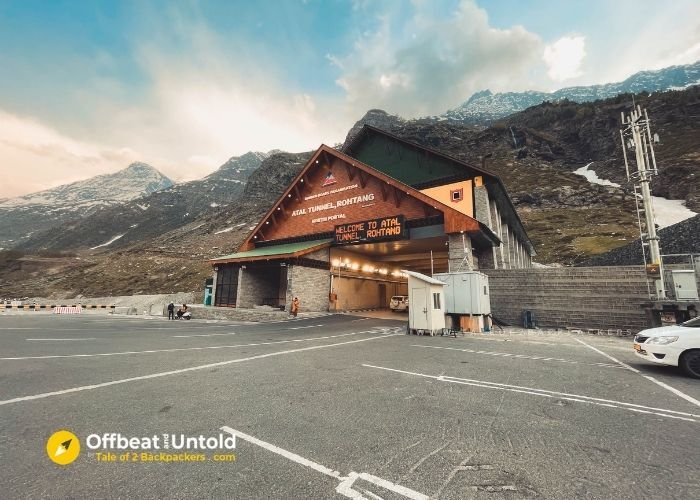
Nearest Airport
The nearest airport to Spiti Valley is Bhuntar Airport in Shimla. The closest international airport is Chandigarh. Kaza is about 250 km from Bhuntar and 500 km from Chandigarh. From here, you have to get a bus or hire a car to reach Spiti Valley.
Nearest Railway Station
The nearest major railway station is Kalka Station. You can also take the mountain railways from Kalka to Shimla. From there you can either hire a car or take a bus.
Spiti Valley by Road
Whether you arrive by flight or train, the majority of your journey needs to be done on the road. For your Spiti Valley road trip, you can either hire a car with a driver or drive in your own car. You can also explore Spiti Valley on your bike. This trip is a favourite among bikers and as adventurous as a bike trip in Ladakh.
Spiti Valley from Shimla
The route from Shimla to Spiti is the longer one and requires at least a night stop at Narkanda or Kalpa or Reckong Peo before entering Spiti Valley. This road is better and is open all through the year and you can visit Spiti during the winters through this road. Having said that, it is usual to have landslides and land blocks in this route also during the monsoon season.

The route to Spiti Valley from Shimla passes through the Hindustan-Tibet Highway. This route has its own beauty. The landscape changes as you travel from one region to the other. You will see the difference in vegetation as you cross Shimla Valley to Kinnaur Valley. The difference in landscape and culture will be quite stark as you enter Spiti Valley from Kinnaur. So if you have time in hand, this route is worthwhile to take.
Spiti Valley from Manali
This is the shorter route and you can reach from Manali to Kaza in one day. However, the roads are quite bad. After crossing Gramphu until you reach Losar, the roads are merely dirt tracks and you will be off-roading for the majority of your journey. You might have to cross streams on your way and there can be several roadblocks on the way.
However, these roads are beautiful in their own right. You will cross Kunzum Pass, one of the highest motorable passes in India. The landscape is stark and extremely gorgeous and this journey is going to be a rather impressive adventure.

As this route covers some high-altitude areas, the roads from Manali to Kaza remain open only during the summer, officially between May to September. However, the authorities allow vehicles beyond this time if they see that road conditions are conducive for travel. We took the route from Kaza to Manali in late April.
Spiti Valley on Public transport – the most affordable way to reach Spiti
The most affordable way to reach Spiti and explore the place is with HRTC buses. These buses are limited in number, but reliable and have a fixed timetable. Let me share the timings of a few buses to Kaza as I had gathered during our Spiti Valley road trip.
Shimla to Kaza Bus: 6.30 PM
This bus reached Reckong Peo in the morning. Usually Shimla to Kaza is a long journey and I would recommend to take a night halt at Reckong Peo or Kalpa, stay for a couple of days to enjoy the beauty and Kinnaur valley and then proceed to Kaza.
Reckong Peo to Kaza Bus: 7.00 AM
Kaza to Shimla: 7.30 AM (via Tabo, Nako and Reckong Peo)
Manali to Kaza: 5.00 AM
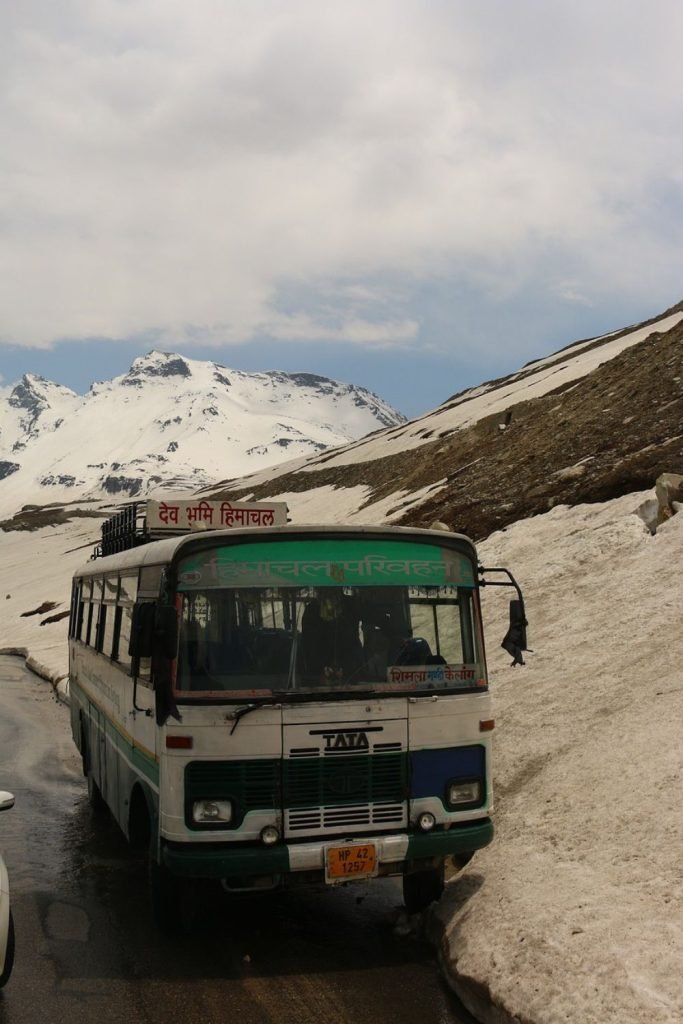
Shared Vehicles from Manali to Kaza
There are some local cabs and tempo travelers available from Manali to Kaza. Walk around new and old Manali and ask for these tempo travelers. Try to book a day ahead as seats tend to get full. The drivers stop for lunch and breakfast, but they hardly stop for toilet breaks, So be careful with your water intake. Roads are bad, but the drivers are experienced. The price for a seat will cost somewhere around INR 1000-1500.
Self-drive in Spiti Valley
We would recommend you take a car with high ground clearance. Also, if you are taking the Manali route, then try to avoid smaller cars. We had traveled in Innova, but it had got stuck at a stream crossing while reaching Chandratal Lake. We had to walk to the campsite and the car had to be towed out by a Bolero truck.
Also, do this trip only if you are confident in your driving and your car.
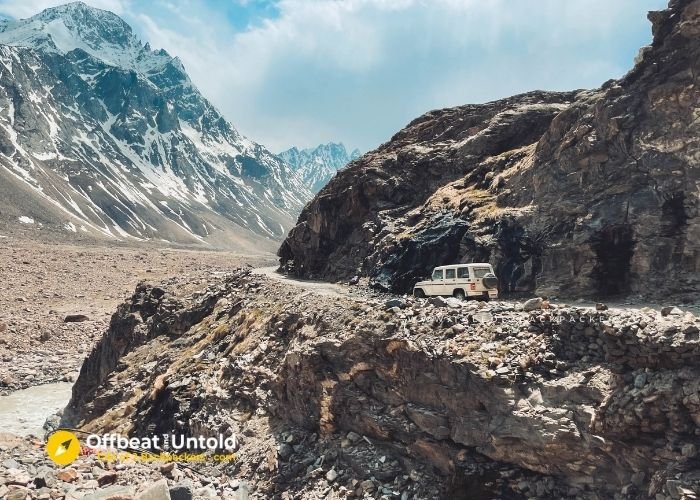
Bike trip in Spiti Valley
A bike trip in Spiti is one of the most popular ways to explore the region. During the season, you’ll see many bikers on the road. You can bring in your own bike. Otherwise, bikes can be rented in Manali as well.
Do you need a Permit to Visit Spiti Valley?
There is no permit required for Indian citizens to visit Spiti valley. But foreign tourists require a special area permit to visit the area between Kaza and Reckong Peo.
If you are starting from Manali and want to cross the Rohtang Pass, then you will need a permit. But with the opening of the Atal Tunnel, you can skip the Rohtang Pass and travel via Atal Tunnel and continue your journey towards Kaza.
Protected Area Permit for Foreign Nationals
This is a bit complicated. If a foreign tourist starts from Shimla, they need no permit to visit till Reckong Peo. But beyond that, they would need a permit to visit Nako, Tabo, Gue, Dhankar and Kaza. Refer to the official site for details.

What is the Best time to visit Spiti Valley?
The best time to visit Spiti Valley is between May to September. This is the most popular and peak season for the tourists. However, you can visit Spiti at other times of the year as well. Here is a detailed breakdown of the seasons in Spiti Valley.
April & May
April and May is typically a shoulder season. If you want to visit Spiti valley during April, we recommend the second half of the month.
The roads are accessible and you can reach most of the tourist attractions and villages in Spiti Valley by road in April. It is also the beginning of tourist season and you will see very few tourists during this time. You will also find no problems in finding a place to stay as well. However, the road from Kaza to Manali will be closed during this time.
Historically, the roads to Kaza from Manali via Kunzum Pass open after May 15. But, sometimes BRO allows vehicles to travel through these roads if the weather is good and there is no snow on the roads.
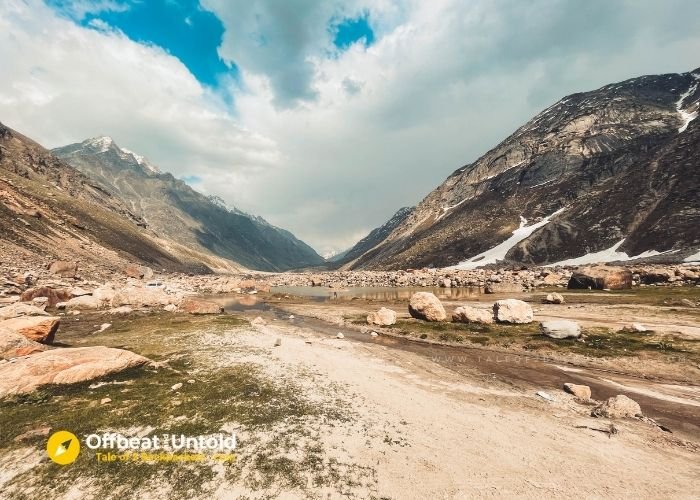
We visited Spiti Valley in the second half of April. We were warned by our driver (who happened to be a fabulous guy) that the roads from Kaza to Manali might be closed and we were prepared to return by Shimla again. Fortunately, on our last day, we came to know that the roads from Kaza to Manali were open and so was Chandratal Lake. We took the road and had one of the best road trip experiences of our life.
Usually HRTC buses between Manali and Kaza are not operational during April and May. You might get shared tempo travelers if the roads are open. Buses from Shimla to Kaza and other buses in that route are operational, though.
June to September (Peak Season)
As mentioned before, this is the best time to visit Spiti Valley in terms of weather and facilities and is also the peak season for tourists. It does not rain much in Spiti Valley and there is no distinct monsoon. It is like the summer season seamlessly merging into the early autumn – something that you will encounter in Ladakh as well.
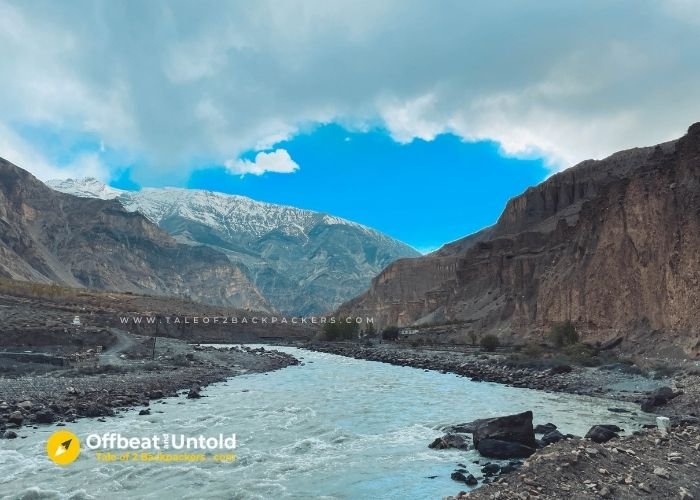
However, it will be prudent to remember that while Spiti Valley gets less rain, monsoons (July and August) are heavy in other parts of Himachal Pradesh – places that you might have to cross before entering Spiti. There might be heavy rains in Kinnaur Valley and Kullu, often resulting in landslides.
During this time, all the hotels and homestays remain open. HRTC buses are also operational fully, also in Manali to Kaza route. Weather is pleasant in Spiti with bright and sunny mornings perfect for your day activities.
October
October is another shoulder season, similar to that of April. Cold starts setting in and in the second half of the month the number of tourists decreases considerably. It also starts snowing over the Kunzum Pass after mid-October. So if you are planning a Spiti Valley road trip in October, do so in early October, especially in the first 10 days of the month.
November to March (Winter Spiti)
Spiti is a winter wonderland covered in a blanket of white snow. This has made Spiti Valley a coveted destination in the winters and winter Spiti trips are quite common these days. Apart from the snow covered landscape, winter is also the time to spot snow leopards in the region.
However, you need to remember that Spiti Valley is remote and you are not going to get much facilities here in the winter. Also, not all of the attractions in Spiti Valley will be accessible to travelers during this time.
Winters, especially December and January, are harsh and cold. Temperature at night falls several degrees below zero. Even days are not much better. You need to be prepared to brave the biting cold of the region.
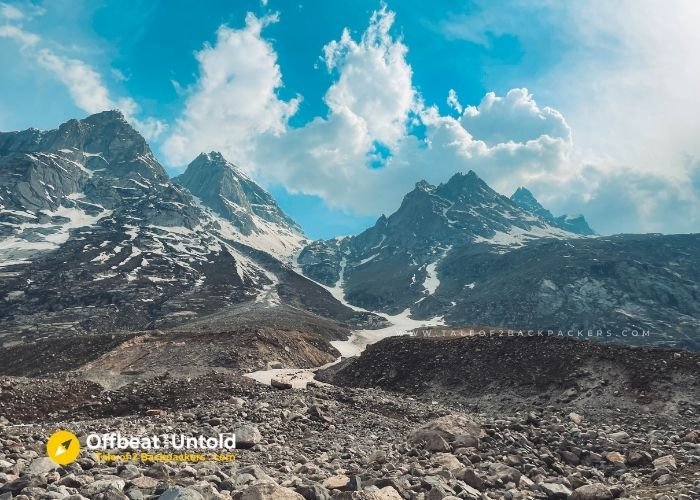
Quite obviously, you will not be able t o travel the entire circuit during this time. The roads from Kaza to Manali will be closed. Plan a trip in December only if you have a very good driver who can maneuver his way through the snow. If you are self-driving or riding, do so only if you are totally confident in your skills.
Spiti in winters is beautiful, but difficult. Do winter Spiti trips only if you are adventurous enough and are ready to face the challenges on the road.
Where to Stay in Spiti Valley?
Gone are the days when finding an accommodation in Spiti was tough. Now, there are many options of stay in Spiti Valley and around. Most of the expensive hotels and resorts can be found in Kaza, the headquarters of Spiti. Tabo also has a few hotels and guest houses.
Homestays at Spiti Valley

However, if you want to experience village life at Spiti, then stay at a homestay. There are many homestays in the region and you can find them in the villages. You might not have to book ahead for a stay at a homestay in Spiti Valley. In these homestays, you stay with the locals, eat local food and understand their way of life and get an insight into the culture. The costs are generally low and depend on the village and season.
We had stayed at homestays in Dhankar, Mud, Langza and Key village during our Spiti Valley road trip.
Backpackers Hostel
There are backpackers hostels at Kaza and Tabo.
Food at Spiti Valley
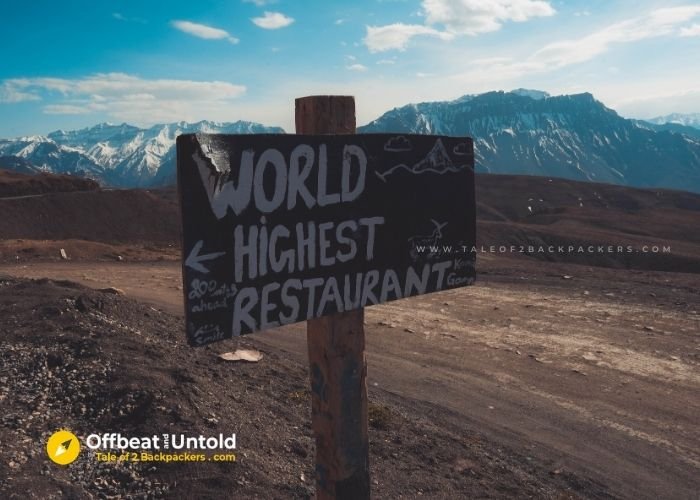
Food in Spiti valley is a mix of Tibetan, Nepalese and Himachali cuisine. You will find thukpas, momos, thentuk, mokthuk, chowmein in most of the restaurants and eateries. At the homestays, you might get some authentic Tibetan food.
We found good rajma Chawal at Nako and Tabo. At Dhankar, we ate Tibetan bread and thentuk at our homestay. Kaza had several restaurants serving Tibetan food. There was also a North Indian restaurant at Kaza market that served North Indian thali, samosa and chaats with very good milk tea.
At Mud village, our homestay served us chapati and chicken for dinner and sandwiches and aloo parantha for breakfast. At our homestay in Key village, once again we had thentuk and momos.
Also try the sea buckthorn juice or tea at Spiti Valley. It is amazingly refreshing.
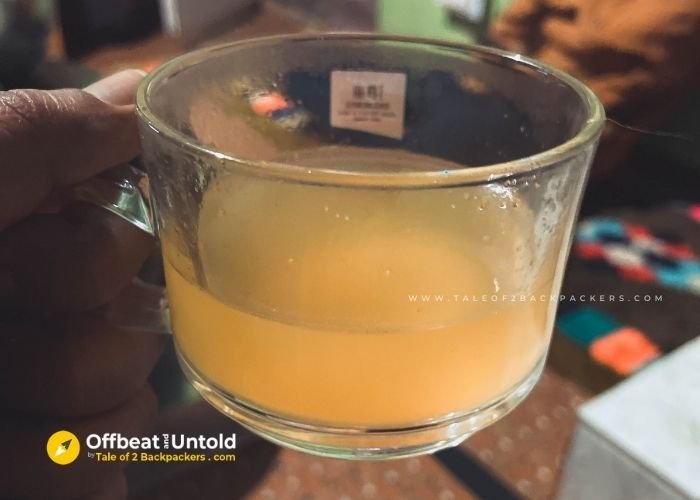
If you are a culinary connoisseur, you will have a gastronomy adventure here for sure.
What to Buy from Spiti Valley
You can buy local woolen items, dry fruits, roasted barley and Buddhist memorabilia like prayer flags and incense sticks. I did not find anything special in Spiti Valley to collect as souvenirs. The only thing that piqued my interest was sea buckthorn juice.
Places to Visit in Spiti Valley
Once we visited Spiti Valley, we were quick to realize that the entire Spiti is a tourist destination. There are so many things to see and explore here. Even the mountain ranges looming in the horizon as you drive through the roads will mesmerize you. At every turn of the road, you will see something new and you will never be tired of clicking pictures. But then you have to start planning your trip somewhere. So here is a list of the most popular places to visit in Spiti Valley.
Kaza

Kaza is the headquarters of Spiti Valley and is the most important town of the region. The small town has most of the hotels and all the HRTC buses arrive at and leave from Kaza. While Kaza itself is a small town and hardly has much to offer in terms of attractions, it can serve as your base to explore the region. There are numerous hotels, guest houses and homestays available in Kaza. There are a couple of backpackers hostels as well. It is perhaps the only place in Spiti Valley where you will get good wifi in some of the hotels.
So you can stay at Kaza, get fuel for your car from the world’s highest fuel station and explore the rest of Spiti Valley.
Tabo
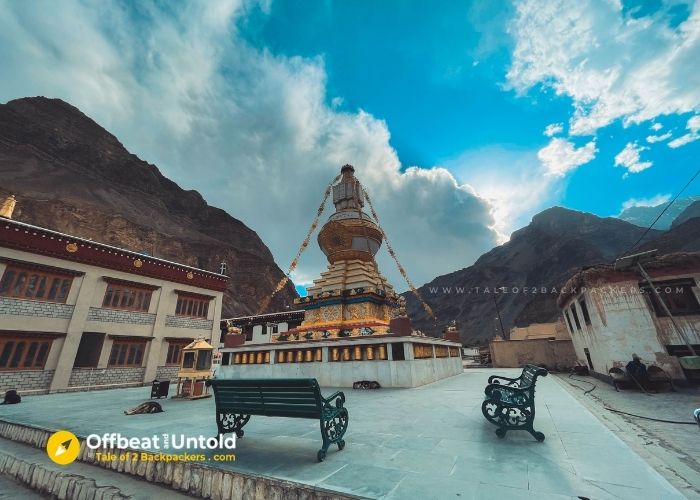
Tabo is a beautiful place. It is the first major village that you will come across in Spiti valley if you are coming from Shimla.
Tabo is also known as the “Ajanta of Himalayas” because of the ancient Tabo Monastery and the age-old murals that it houses. Tabo Monastery was built sometime in 996 CE. The monastery is located within the village and not on a hilltop. This was a distinguishing feature of the early period monasteries built before 1300 AD. Similar examples can be seen in Alchi Monastery and Mangyu Temple Complex in Ladakh.
Once you enter the Tabo Monastery Complex, you will be transported to a different era. And once you look at the ancient murals, you will understand why Tabo is known as the Ajanta of Himalaya. They are simply grand and magnificent.
Tabo village also has some ancient caves that you can explore.
Tabo is around 50km from Kaza. There are many hotels and homestays found in Tabo – many near the monastery complex and many in the villages. We highly recommend a night stay at Tabo. It is an enchanting place.
Dhankar
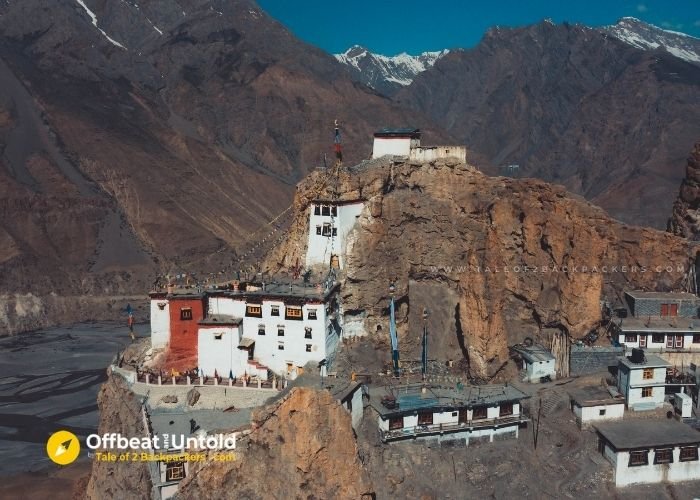
Dhankar is located about 36 km from Kaza, but you have to take a diversion from the main road to reach Dhankar Village. The place is known for Dhankar Monastery and Dhankar fort.
Words are not enough to describe the beauty and grandness of Dhankar Monastery and the village. The village looks as if it is hanging from a cliff and your photographer self would definitely want to click several pictures of the village and monastery.
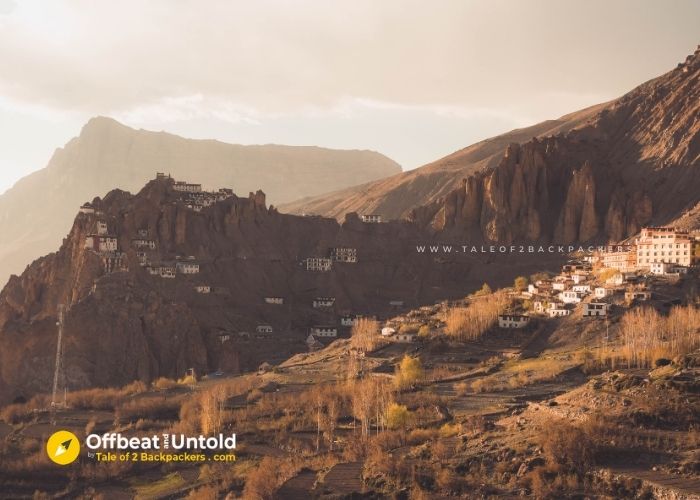
Another attraction at Dhankar is the Dhankar Lake. It is a 5 km uphill trek from the village to reach Dhankar Lake. The trek is easy and can be done by moderately active people without prior preparation. Dhankar Lake is beautiful. But it is the serenity of the place that will take you in.
There are a few homestays at Dhankar village. We stayed at Dhankar for a night as we had planned to do the Dhankar Lake trek. A villager simply opened up his home and invited us to stay there. They only took INR 800 for the room and dinner.
Dhankar can be visited on your journey from Tabo to Kaza.
Key Monastery
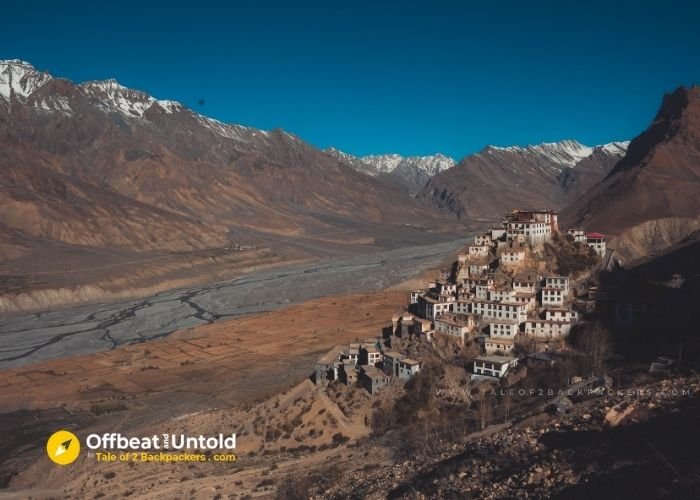
Key village is located about 15 km from Kaza and the most famous attraction of the place is the Key Monastery, whose picture has become eponymous with Spiti Valley itself. The Gompa is grand and beautiful and houses several important artifacts, idols and murals. It is one of the largest and most important monasteries in the region. The Key Gompa has temples, prayer halls, meditation rooms, schools, monk’s quarters, and hostels for young monks inside the complex.
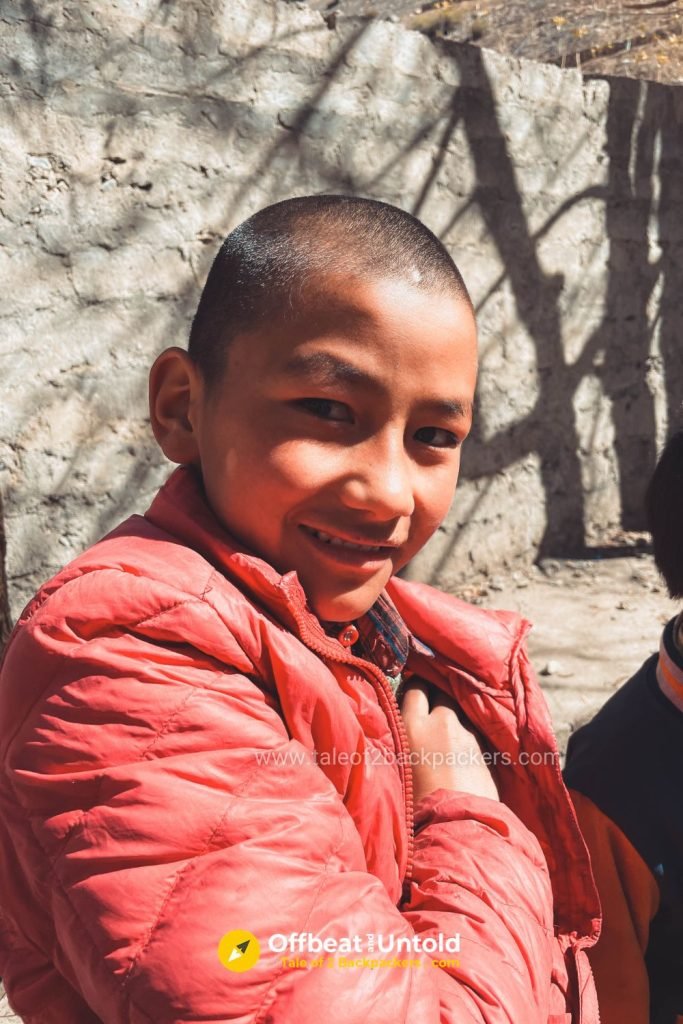
Once you are there, you will see several young monks playing around. You can talk with them, visit the temples and meditation rooms and get a glimpse of the life of the monks.
Key village also has a few homestays and camps. We had stayed at a homestay in Key village as we wanted to stay away from Kaza and experience the village life at Spiti Valley.
Kibber

Kibber is one of the highest villages in Spiti Valley. It is located about 19 km from Kaza town on the same road as Key. Kibber is also the entry point of Kibber wildlife sanctuary where snow leopards can be seen.
Kibber is a beautiful village. The houses perched on the cliff look quaint and beautiful. Look at the picture if you do not believe me!
Kibber is also the starting point of Kanamo Peak Trek and Parang La Pass trek.
Langza
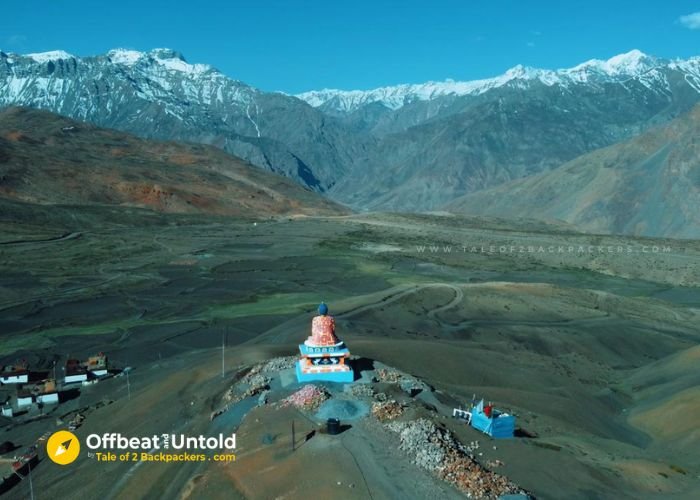
If you have seen the picture of a gigantic Buddha statue lording over snow-capped peaks and valleys, then you have probably seen the Buddha statue of Langza. But that is not the only attraction of Langza. In Langza and a few surrounding villages, you can see marine fossils. It means that some 150 million years ago, Langza was under the sea.
Scientists observe that the Himalayas were not always there. Infact, the Himalayas happen to be one of the youngest mountain ranges on the earth. Earlier there used to be Tethys Ocean in its place. Due to tectonic collision, the mountains emerged and the ocean disappeared. This is the reason, one could find marine fossils at Langza and the surrounding villages. The villagers have preserved these fossils in their houses and you can see them once you visit there.
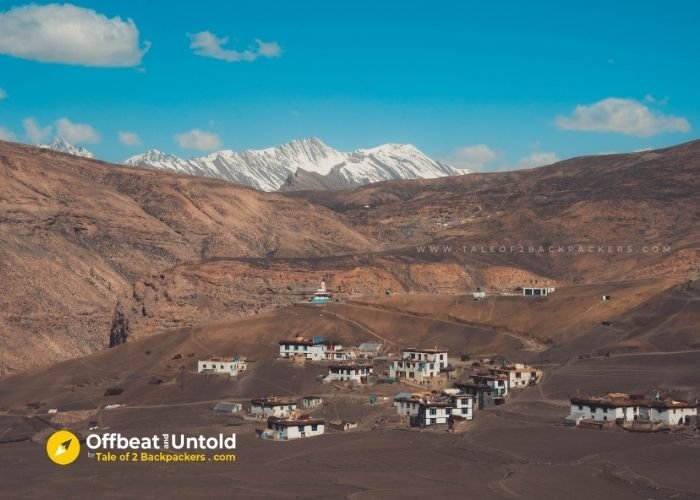
Langza too, is an extremely beautiful place. There are a few homestays available in Langza. These homestays provide basic amenities, but very warm hospitality. If you have time, spend a night at Langza.
Komic
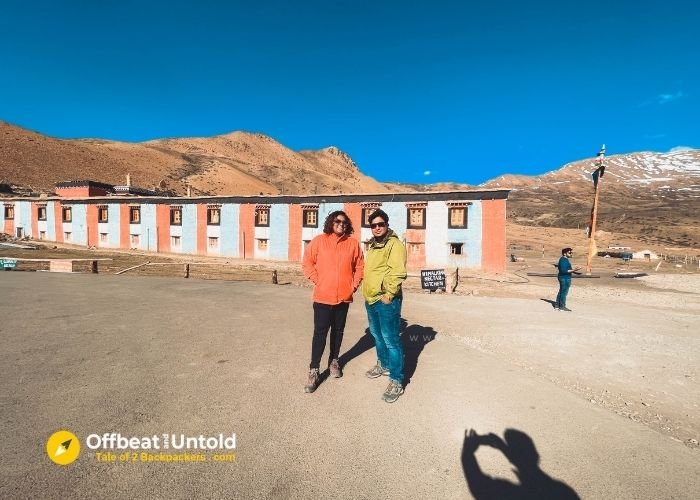
Komic is one of the highest motorable villages in the world. Located at an altitude of 4600 meters, there is a plaque at Komic saying that “You are at the highest motorable village in the world”. The village has very few houses and there is an ancient monastery at Komic.
We did see a small homestay at Komic. If you want to stay there, you have to ask around.
Hikkim

Hikkim is quite famous because it has World’s highest post office in the village. Quite naturally, the place is quite a tourist attraction is Spiti Valley. The village itself is small and the few houses that are there are spread out.
You can visit the Hikkim post office, talk to the postmaster, buy several postcards and send them over to any address you like.
Pin Valley
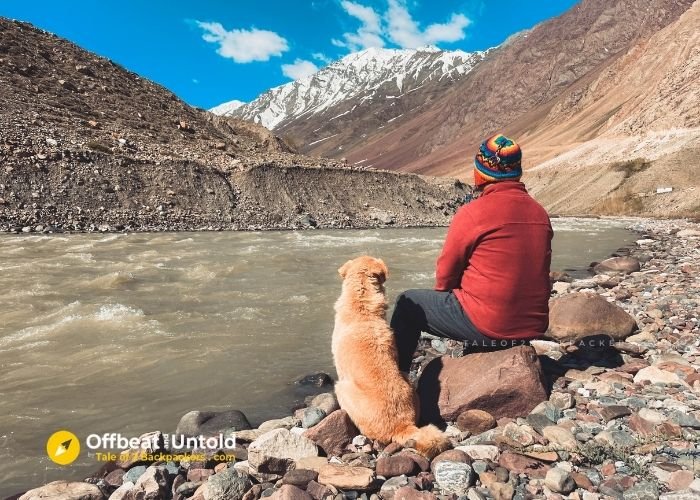
Pin Valley is one of the most beautiful places that you will visit on your Spiti Valley road trip. The location is in a bit of a different area and you will need an entire day to visit the place. Mud village is the major settlement in Pin Valley that also has a few homestays for tourists and travelers.
Pin valley is quite gorgeous. The landscape is a bit different from Spiti and you can see more greenery here. The Pin River flows by the village and the entire river valley opens up to a majestic view. If you have time, we recommend you stay a night at Mud village. The experience will be quite different from the others.

At Mud, there is not much to do than explore the village at your own lazy pace. You can visit the river bank and spend time there.
Pin Valley also borders the Parvati Valley and Mud village is the base camp for the famous Pin-Parvati Pass trek and the Pin-Bhaba Pass trek.
While you are driving towards Mud village, do not forget to stop and see the confluence of the Spiti and Pin River.
Offbeat Places to Visit in Spiti
Now that you have planned to visit the main attractions of Spiti Valley and yet have some time in your hand, you can check out the following offbeat places in Spiti Valley. Spiti in itself is remote and raw, but these places are not much visited by tourists and can definitely make it in your itinerary.
Gue Mummy Stupa

Yes, there is a mummy in Spiti valley. Gue Mummy Stupa is a latest addition to the attractions in Spiti Valley. Gue village is located about 38 km from Nako. Just after crossing Sumdo, there is a diversion from the main road towards Gue village. The village is about 12 km from the main road and Tabo is another 26 km from the point.
Gue has a monastery, but its main attraction is the Mummy, believed to be almost 530 years old. The mummy you see here is that of the Buddhist monk Sangha Tenzing. It is believed that the monk had undergone the process of self-mummification to attain this state.
As of today, there are only 24 such mummies of monks who had undergone self-mummification. If you look carefully, you can see his teeth, small patches of hair on the head and nails on the body. And all these are not preserved in the way done in Egypt! This process is different.
This mummified body of Sangha Tenzing was found after an earthquake in 1975 opened an old tomb. It was excavated much later in 2004. The glass surrounding the mummy case was placed only a few years back.
You can visit Gue on your way from Nako to Tabo. There are a couple of homestays at Gue village if you want to stay there for the night.
Lingti Waterfall
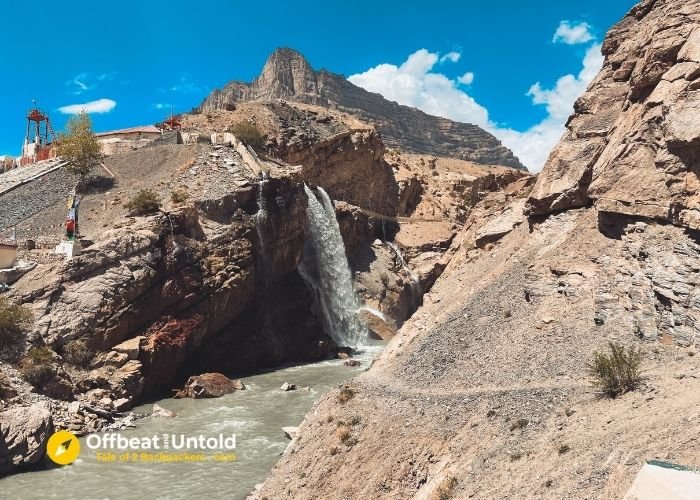
Lingti is a small village on the way towards Pin valley. The place is famous for its waterfall, especially during the winter season. During summer, Lingti waterfall is just a simple waterfall on the way. But in winter, the waterfall gets frozen and looks quite imposing and beautiful. It’s brilliant, but scary!
Chicham Bridge

Chicham Bridge is the latest addition in the attractions of Spiti Valley. Located at an altitude of 13596 feet, this bridge is said to be the highest motorable bridge in Asia connecting 2 villages – Chicham and Kibber. It took almost 15 years to build this bridge. You can cross Chicham Bridge and take the road forward towards Manali.
Mane
Mane is another small, beautiful and offbeat destination in Spiti valley. You can reach there by taking a short diversion near the road towards Pin Valley. Mane village has an ancient monastery which is its main attraction.
Gette and Tashigang
Gette and Tashigang are two villages located on the same route. Tashigang is one of the remotest villages to reach in Spiti Valley. And believe me when I say that we did not see a single person or vehicle on the road when we were driving from Gette to Trashigang!
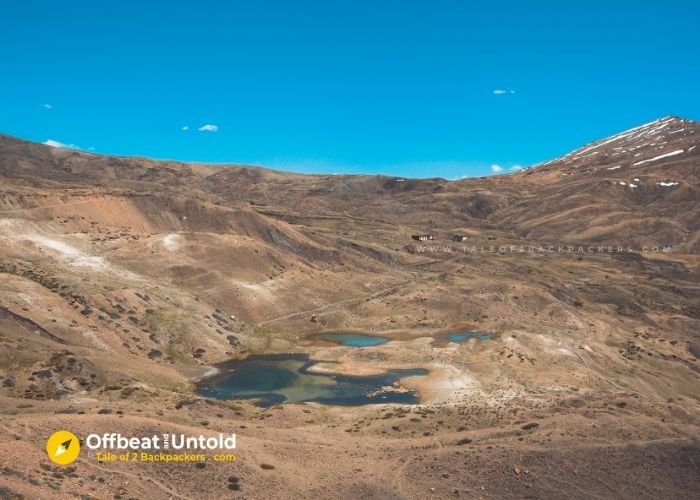
Well, Gette is a small village with houses so spread out that you will feel there is nothing but emptiness there.
Tashigang is located at an altitude of 15256 feet and has the world’s highest polling station in the village. There are only 52 registered voters in Tashigang and there was 100% turnout during the November 2022 assembly election.
The village is small with a few houses and a gompa in the middle of the village. Due to the altitude, the wind is very strong here.
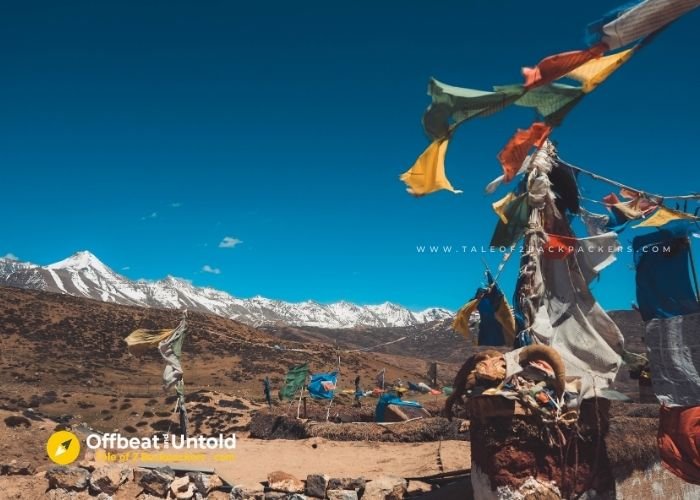
Well, Tashigang is also located very near to the China border, a mere 30 km away.
Demul & Lhalung

Demul and Lhalunga are two nearby villages connected by motorable roads very recently. You can also trek from Demul to Lhalung if you want. In fact, we have seen many travelers trekking from one village to another in Spiti Valley. Perhaps one day, when we have enough time, we will do that. Lhalung has an ancient beautiful monastery and the two villages are quite lovely themselves. If you have time at hand, visit these places.
Spiti Valley Itinerary
Here is a glimpse of a most-common itinerary for Spiti assuming you start at Shimla and end in Manali.
Day 1 : Shimla – Sarahan
Day 2: Sarahan – Kalpa
Day 3: Kalpa – Nako – Gue – Tabo
Day 4: Tabo – Dhankar – Pin valley (Mud Village)
Day 5: Mud village – Kaza – Key – Kibber – Kaza
Day 6: Kaza – Hikkim – Komic – Langza – Kaza
Day 7: Kaza – Kunzum Pass – Chandratal Lake
Day 8: Chandratal Lake – Manali
This is a very rushed itinerary for Spiti Valley.
I believe you need time for your Spiti Valley road trip. These days I have seen a 7 days itinerary for the entire Spiti Valley starting from Shimla and ending in Manali. I am not sure how they attain it. I think you will need at least 10 days to do justice to Spiti Valley. There is a separate post about it.
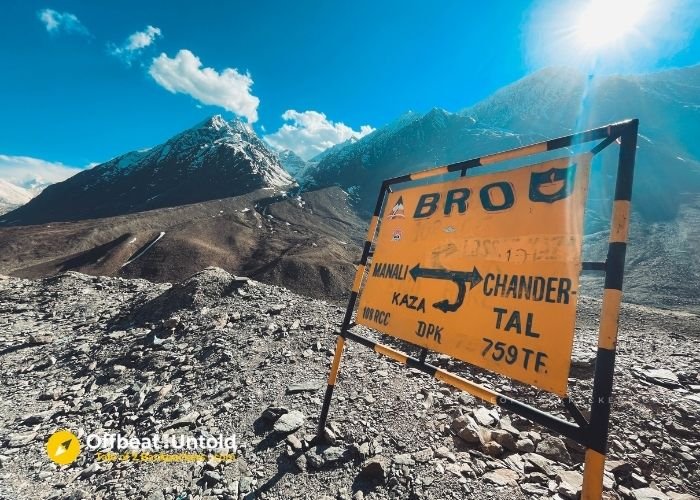
Cost of Spiti Valley Road Trip
The cost of a trip majorly depends on your choice of transportation and accommodation. So here I will divide the cost into modes of transportation, accommodation, food and miscellaneous.
On a Spiti valley Road trip, the major cost comes out to be for that for transportation or fuel if you are self driving or riding. Using public transport is quite cheaper, but it is challenging and difficult if you have time constraints.
As such, in Spiti Valley, travelers mostly commute by hiring a taxi or they self-drive on their cars and bikes.
Here I am assuming that you start the trip at Shimla and end it at Manali.
Cost for Privately Hired Taxi
The rate for taxis from Shimla to Kinnaur Valley and Spiti valley is usually around INR 3800-4500 per day.
Self-drive by Car or Bike
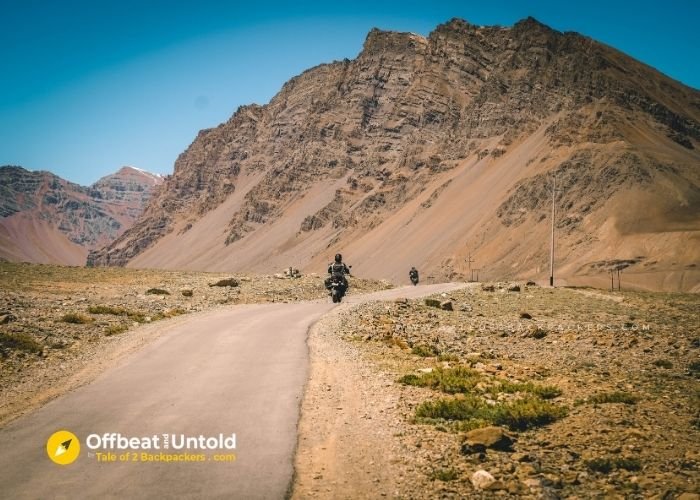
On this Spiti Valley Road trip, you will probably be driving for around 1600 – 1700 kms in total. If your bike gives a mileage of 25-30 km per litre on an average, with the current cost of petrol (INR 105.00 approx), your fuel cost will be around INR 6,500.00 to INR 7,000.00.
If your SUV gives a mileage of 15 km per litre on an average and with the current cost of diesel (INR 92 approx), your fuel cost will be around INR 10,000.00 to INR 11,000.00.
If you are renting a bike or car, keep that cost in calculation as well.
Accommodation depends on what you choose. For basic homestays, guest houses and monastery stays, you can keep INR 800.00 to INR 1500.00 per night. For mid-budget hotels, it can be upto INR 4000.00.
Food will also depend on what you have and from where you have. If you have your meals at small eateries and dhabas, then it can cost you around INR 100.00 per meal. If you are visiting restaurants and cafes, the cost will be higher.
The trip cost will also increase if you decide to travel to remote places, spend on shopping and other activities.
What to Carry for your Spiti Valley Road Trip?
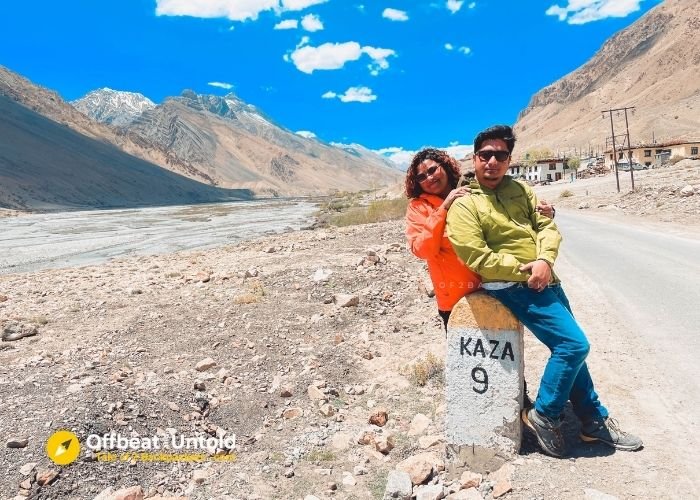
In addition to your regular clothes and shoes, there are a few things that you should carry during your Spiti Valley road trip. The area is remote, though not inhospitable and the infrastructure is not yet at its best.
- Let us first talk about clothes. During the summer months between June to September, carry cotton clothes, light woolen and a jacket. The mornings are usually quite sunny and warm. For April and October, carry woolen and proper jackets. Also carry socks, scarves and woolen socks.
- If you are visiting Spiti Valley during the winter, you have to carry enough warm clothes, thermals, heavy jackets, socks, scarves, gloves and balaclava.
- Good shoes are also important in any road trips. We usually wear these during our trips.
- Whenever you are visiting Spiti valley, always carry a good sunscreen that offers SPF 50 protection.
- Carry a skin lotion or cream. Also carry a lip-balm.
- Carry Vaseline with you. Spiti is a dry region and Vaseline can be a lifesaver there.
- Also, please do not forget a cap or hat. It will help protect you from the harsh sun rays during the day.
- Carry a basic first-aid kit having general medicines for cold, cough, fever and stomach problems. You may also carry Diamox for altitude sickness. But it is always better to travel slow and acclimatize than taking Diamox.
- Carry emergency kit for your car that includes a tyre inflator and puncture repair kit, battery jump start cable, towing rope, and empty 5 litre can for back-up fuel.
Petrol Pumps in Spiti Valley
On the Shimla to Kaza route, the last petrol pump is at Reckong Peo and Tapri. On the Manali to Kaza route, there are no petrol pumps once you leave the towns.

Spiti valley Travel Guide (FAQs Answered)
You will need at least 8 days for your Spiti Valley road trip assuming you enter from Shimla and return to Manali. This time, you will probably visit the most famous attractions of Spiti Valley. You will need at least 3 days to enter Spiti from Shimla via Kinnaur Valley and at least 2 days to exit to Manali via Kunzum Pass. However, I recommend that you travel slowly and enjoy the vibes of Spiti.
It is always better to start your journey from Shimla, travel through Kinnaur Valley and then enter Spiti. End your journey at Manali after crossing the Kunzum pass. This will help you to acclimatize better.
The best time to visit Spiti Valley is between June to September when the weather is at the best. The mornings are bright and sunny and evenings are cool. It does not rain much in Spiti, so the months of July and August are great as well. However, monsoons are experienced at other parts of Himachal Pradesh like Kinnaur Valley and Kullu and Manali during July and August and there might be landslides and roadblocks because of the rains.
Yes, you can visit Spiti valley during the winter. Spiti is a winter wonderland with a snow covered landscape. Snow leopards can also be seen during this time. However, winters are very harsh and cold and facilities are very less for tourists during this time. Also, the Manali to Kaza road will be closed and you will hardly get any public transport during this time.
Yes, you can do a Spiti valley Road trip by car. Just make sure that your car is a SUV having high ground clearance. Also make sure the driver is confident when driving at treacherous mountain roads.
Yes, there are mobile signals at the towns and in some villages in Spiti valley. Mobile networks of Airtel and Jio are found in Kaza, Key, Dhankar and Tabo village. There was no mobile network in the remote villages like Mud village, Langza, Tashigang and Gue.
You will have wifi at the hotels in Kaza town. Mobile internet is poor and you will not get any internet once you leave Kaza.
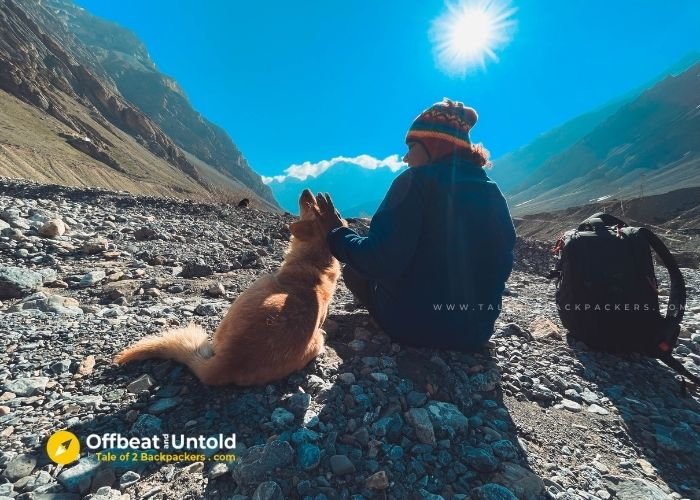
Hope this Spiti travel guide helps you plan your perfect Spiti Valley Road trip. If you wish to have an itinerary, we will be publishing a blog on that soon.
Do let us know whether you found this helpful. If yes, please share this blog with youyr family, friends and neighbours.
Keep travelling!

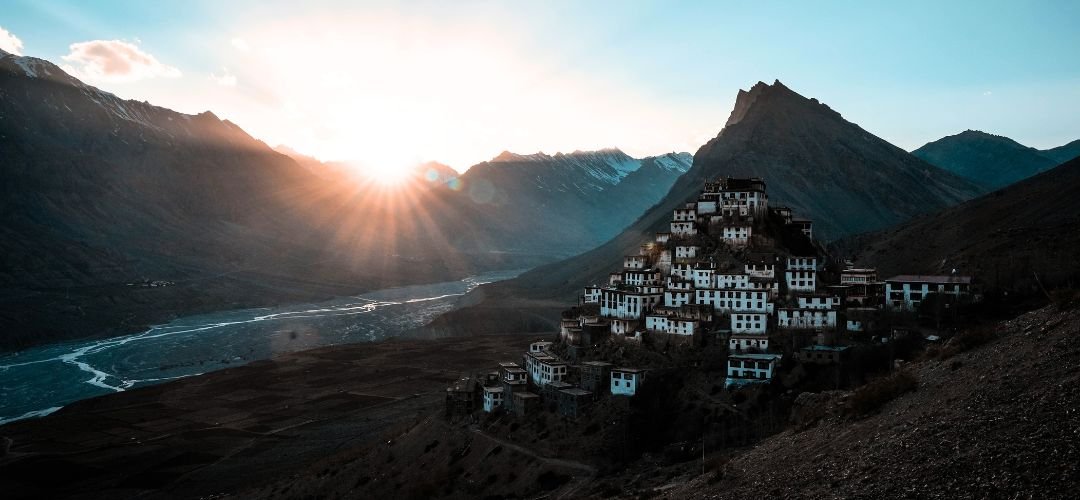

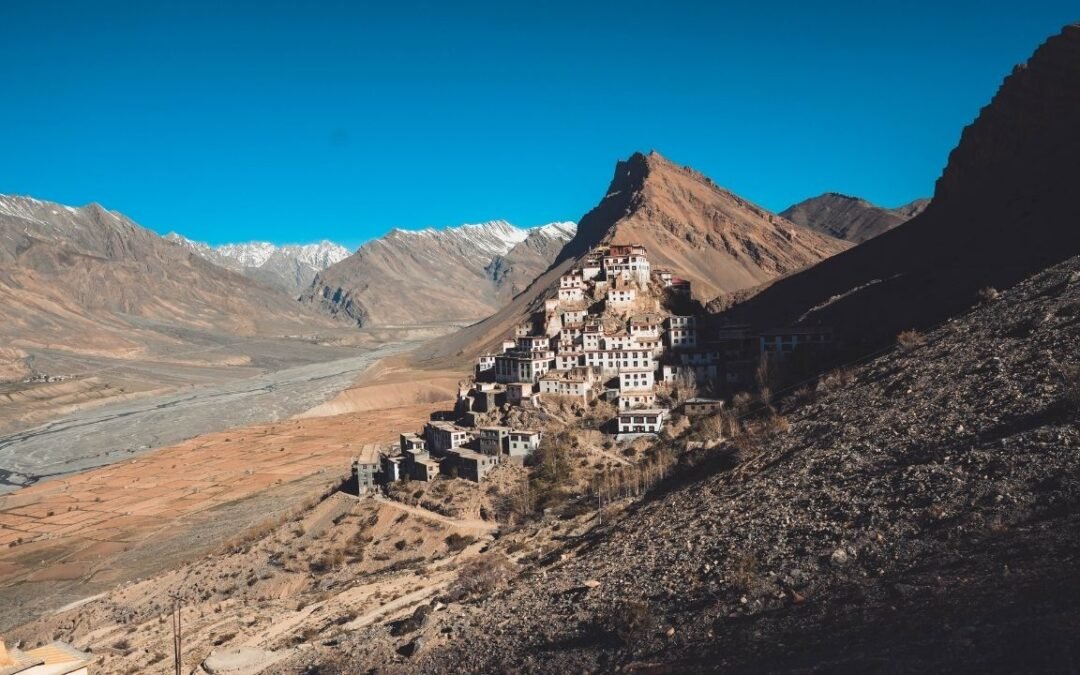
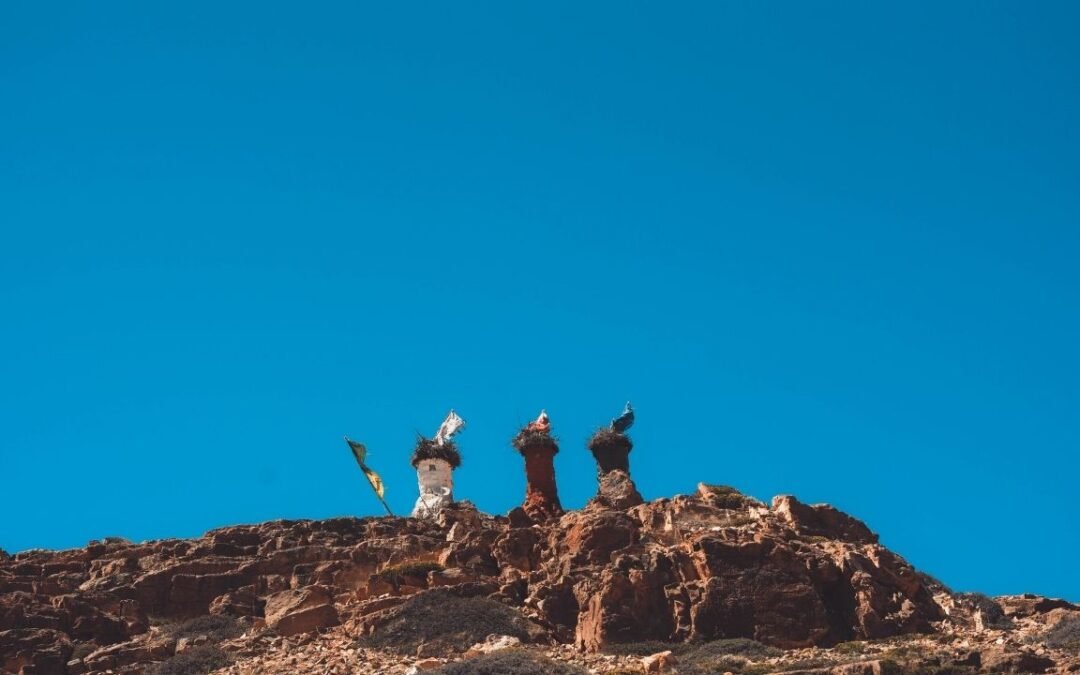
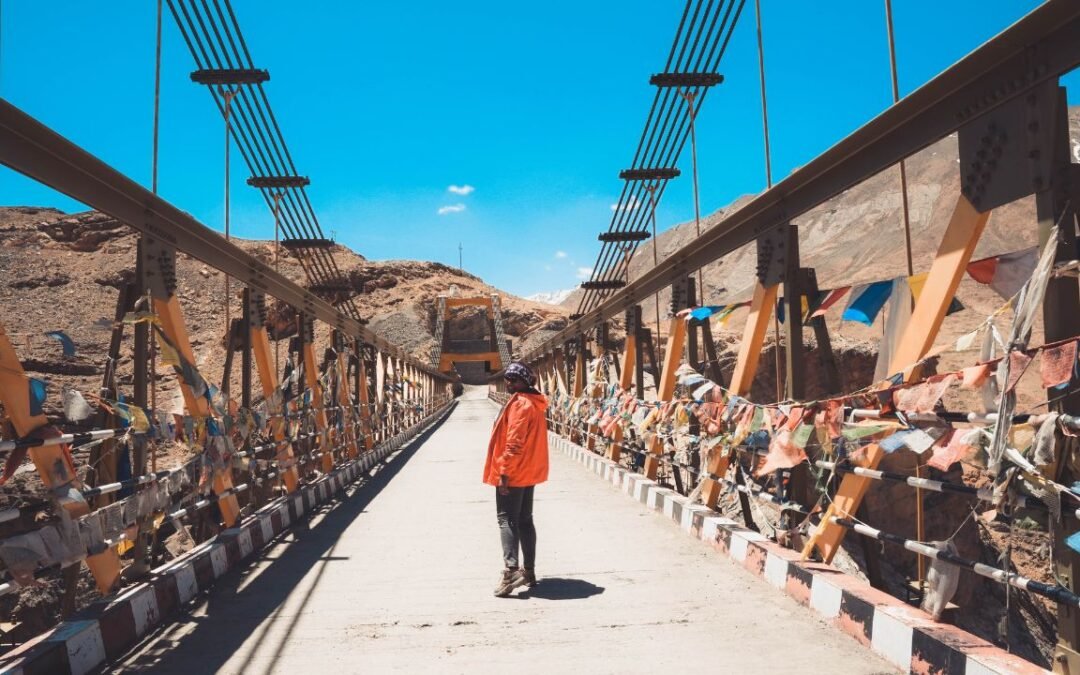
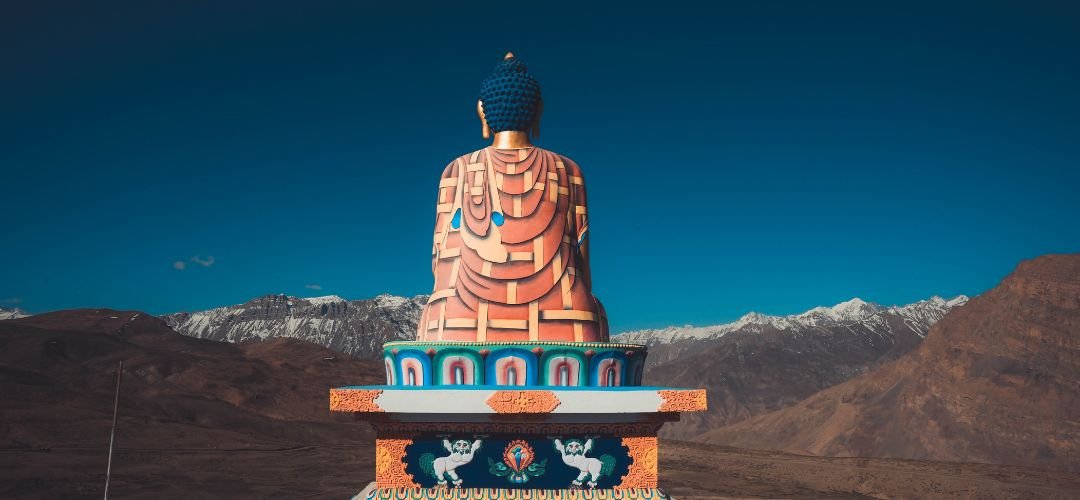
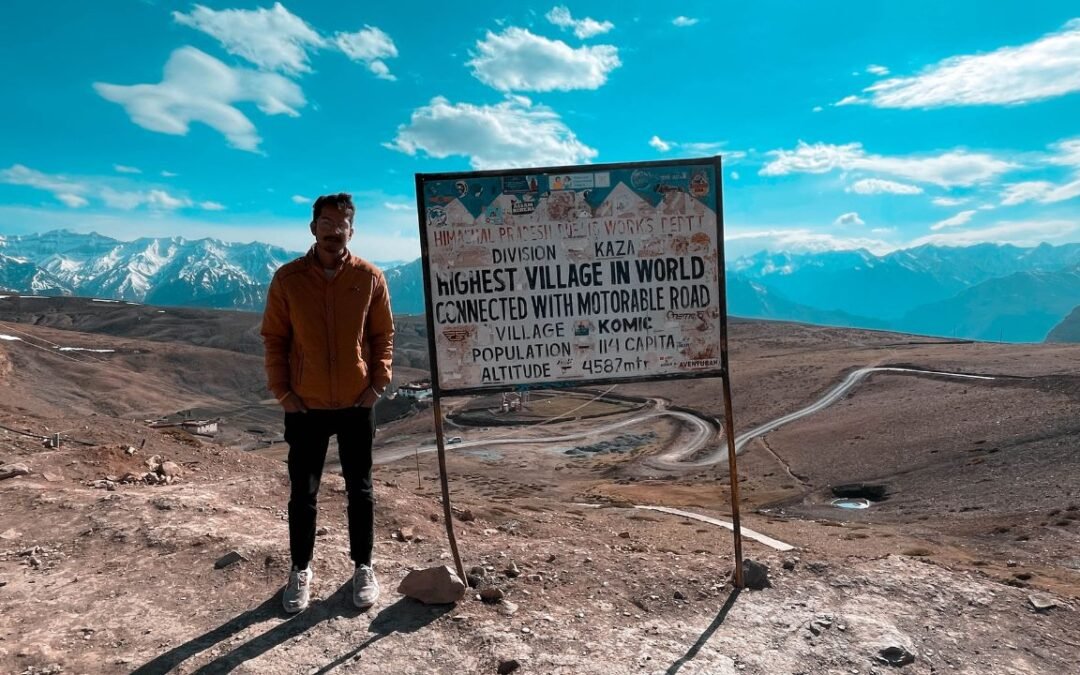
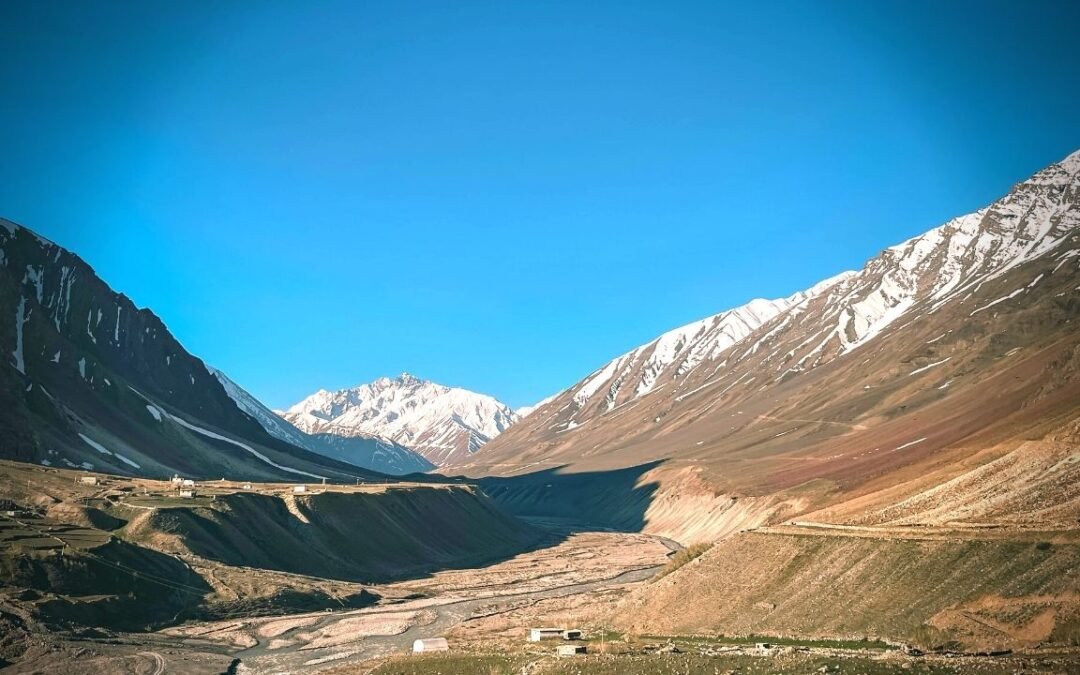
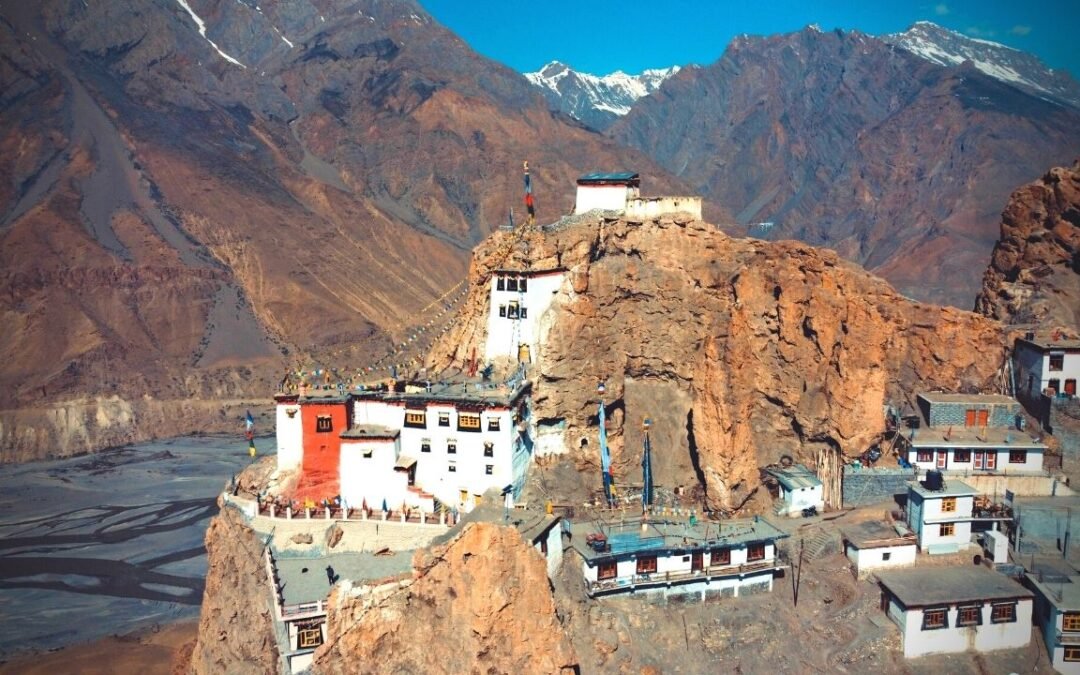
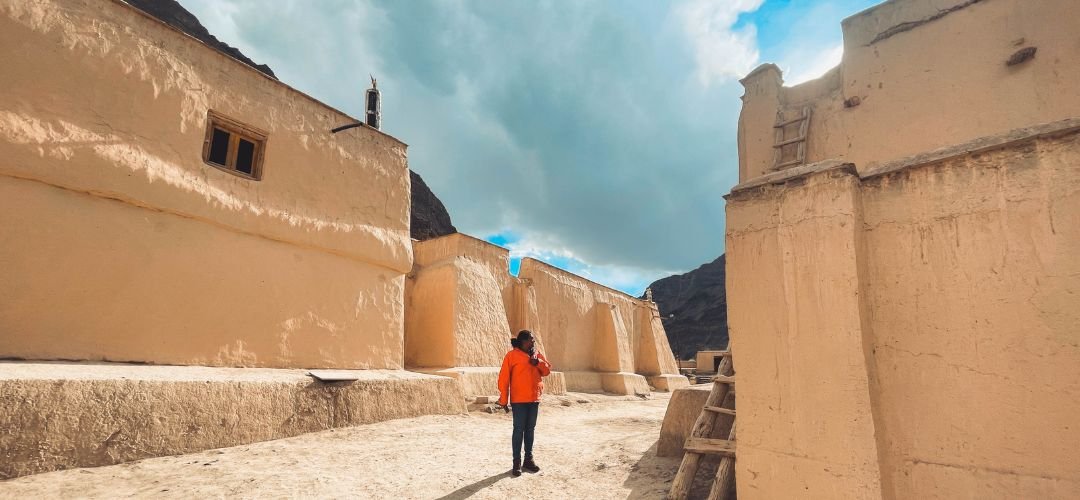
Stunning locations in the Spiti Valley; I want to see them one day.
You will surely see them! Thanks for the comment.
Spiti Valley is indeed a gem in the Indian travel scene, and your blog beautifully captures its allure. The vivid descriptions and insights into the mountains, monasteries, and unique landscape create a compelling narrative. Your Spiti Valley travel guide is a treasure trove of information, offering a comprehensive look at the must-visit places and essential tips for a road trip. Reading this has sparked the adventurer in me, making Spiti Valley a top contender for my next journey. Thanks for sharing your passion and knowledge, making Spiti Valley even more irresistible!
Thank you so much!
We are planning a Spiti trip this September. Just wanted to let you know that all your blogs on Spiti have been extremely helpful, comprehensive and just great to read! We are not able to decide whether to self drive or rent a car.
Would you mind sharing how much was the cost of the self drive Innova and if you have any recommendation around agencies
Hello Poushali, Thank you for your comment. We had hired an Innova for the trip. For details, please email us or send us a dm on Instagram. Thanks!